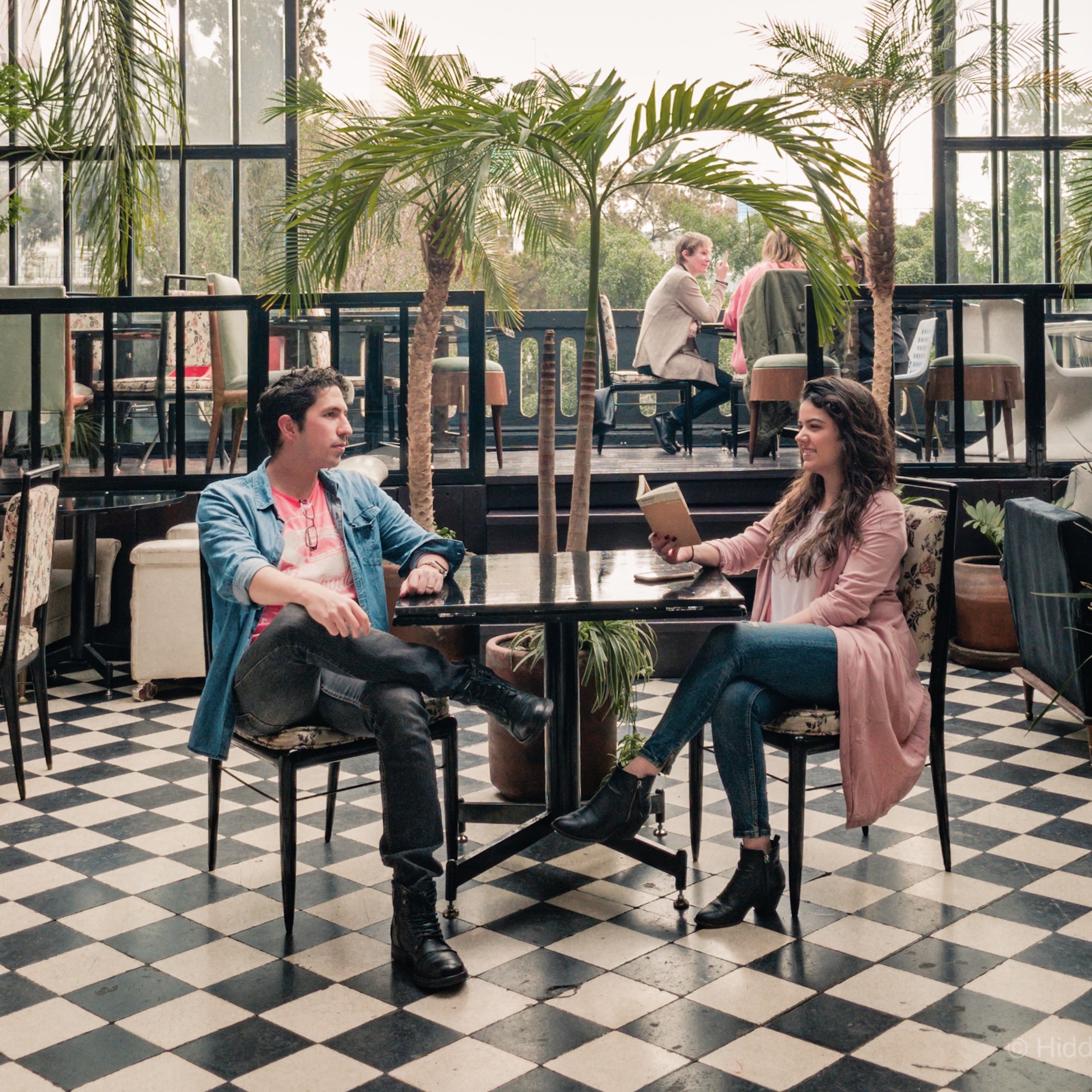
What makes Huichapan shine from the rest of the Magical Towns of Hidalgo is the amount of history it holds, from Mesoamerican cultures carving and painting their ideology in stone, to the Spanish Conquest and the fight for Mexico’s Independence.
This small and peaceful ‘Magic Town’ in Hidalgo, with picturesque colonial buildings and cobblestone roads, wasn’t always like this. For example: the butcher’s shop besides the beautiful Palacio Municipal was once home to the Holy Inquisition that tortured locals until they gave up their believes, and the amazing colonial ‘casonas’ along the main road still keep the bullet holes made by the enemy while cleaning all trace of the Insurgents who were part of the Independence fight.
But, enough said. Now, listen to some ‘Huapango’ (traditional music of the region) and get to know Huichapan:
-
Walk around the Historic Center
This center has seen Mexico’s history unfold, from the Ñañú culture proliferation to the 11-year fight for Independence; all of which you can see along the streets.
- Religious compound: three churches in one plaza (from left to right: 17th Century, 16th Century and 18th Century). The cross at the center of the plaza, carved by indigenous hands in pink quarry stone by order of the missioners in 1614, has interesting symbols.

- Chapitel: this balcony was used in 1812 to commemorate Miguel Hidalgo’s ‘cry for independence’ for the first time. From then on, every year on September 16th, the President of Mexico, the state governors and municipal presidents, stand on a balcony and celebrate our ancestor’s fight.

-
Admire Xindhó
A 2-hour walk, across a canyon and through the dessert, where you’ll get to see vestiges of the Ñañú (or Otomí), Aztec, Tlaxcalteca and Tolteca cultures, and the influence of the Spanish missioners. According to our guide these are the best paintings, because you can find all the drawings/symbols of the region in one place.



-
Drink Carnaval
It’s Huichapan’s traditional alcoholic drink, a mixture of orange juice, piloncillo, tequila and a syrup of piloncillo with cinnamon. Carnaval is sold in many places, but the original and the local’s favorite is the one made by ‘El Güero’.
The way to get it is to go to his home (address in map below) and knock on his door: he’s that famous, no advertisement needed. Prices: $50mxn per liter or $200mxn per gallon.


-
Shop at Arte-Sanía
Inside what was part of the Franciscan convent during the colonial period –now Casa de la Cultura (Culture House)– there’s a little shop filled with local crafts, from embroideries to quarry stone pieces, paintings and baskets.


-
Cross El Saucillo
Walk along this 155m-long-aqueduct that dates back to 1732. It was an enormous and ambitious architectural piece that took six years to complete.


-
Relax inside Los Sabinos
Los Sabinos is an ecological park surrounded by canals that carry the water from a natural spring and three huge Ahuehuetes that are more than 1,000 years old. The one in the middle is the oldest with 1,800 years, approximately.


-
Have a cheese tasting
A couple of meters away from Los Sabinos, on the same side of the street, there’s a shop called ‘Quesos Atlán’. Here, the owner, Don Jesús Rodríguez, can give you an explanation and demonstration of how he makes fresh cheese the old fashion way (sans machines). Unfortunately, this depends on whether or not you catch him in the middle of the process and if he’s up to it. But, if you’re lucky, it’s a real treat!


Useful information
Map
We’ve pinpointed all the sites mentioned above on to this map, to save you some time. Have a great trip!
Xindhó
- Guide: you need him to lead the way and find the paintings; this is not a place you want to get lost. Ask for a guide inside the Palacio Municipal, in the first office to your left; we went with Misael. From there you can both grab your car or a taxi to the area ($50-70 mxn for one way drive).
- Clothing: wear comfortable shoes (boots preferably), long sleeve t-shirt and jeans or trousers. There’s no built-in path, so you’ll constantly bump into cactuses.
- Gear: also pack a bottle of water and a hat, and make sure your hands are free –you’ll need them to climb into higher levels.
Los Sabinos
- A donation of $5mxn per person is suggested at the entrance. Although it’s not mandatory, it helps to keep the park clean.
El Saucillo
- On weekends, you can also cross the aqueduct through a zip-line and rappel.

